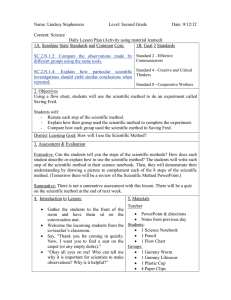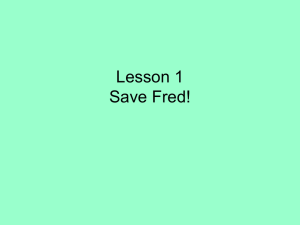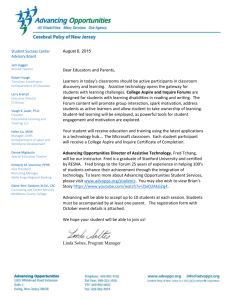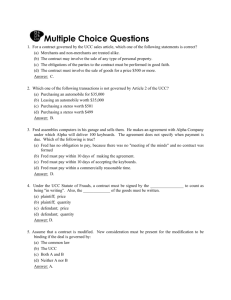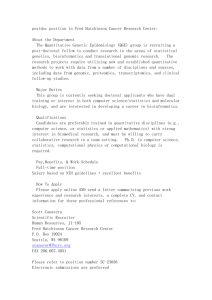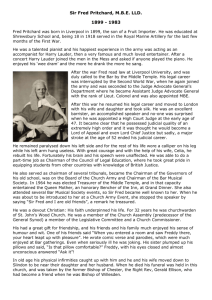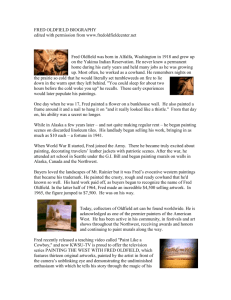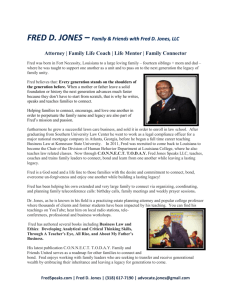The Engineering Design Model
advertisement
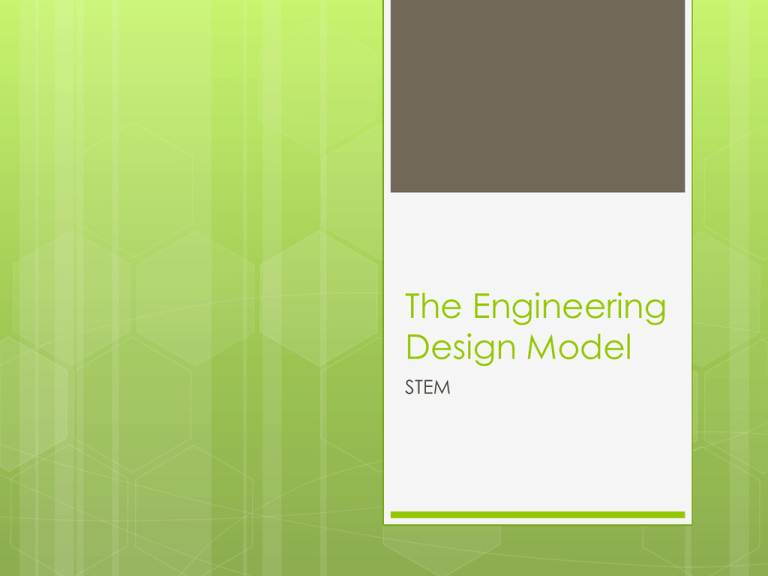
The Engineering Design Model STEM What is an engineer? Scientists tend to explore the natural world and discover new knowledge about the universe and how it works. Engineers apply that knowledge to solve practical problems, often with an eye toward optimizing cost, efficiency, or some other parameters. We will learn to think like an engineer. Engineers are problem solvers, organizers, communicators, calculators and designers. They are capable of clearly defining a problem and its relevant constraints (such as time, cost, etc.) and providing a simple solution. We will use the engineering design model to solve problems. Engineering Design Model This design model is a problem solving process. Take the five words and put them in order. Plan Create Improve Ask Imagine Now let’s solve a problem Only You Can Help to Save Fred! Fred has been spending his summer boating on the Great Lakes. But he’s not too bright (after all, the brains of worms are pretty small☺) He’s never learned how to swim and he never wears his life preserver. The worst has happened! His boat has capsized and he’s stuck! Fortunately, his life preserver is in the boat, but unfortunately he does not know how to reach it without falling off and drowning. Use the Engineering Design Model Problem: How can you and your partner save Fred using only 4 paper clips? You may not touch Fred, the boat, or the life preserver directly with your hands! You must place the candy life saver around Fred’s middle to save him. If he falls onto the table, or you touch him, start the challenge from the beginning. Materials: Gummy Worm Gummy life preserver 1 plastic cup 4 Paper Clips The lab write up: 1. A flowchart is a diagram showing a sequence of operations. Fill in the flowchart on the back side of this page with diagrams showing step by step how your group completed the challenge. Be sure that you: Produce neat and detailed pictures. Label the major parts of your diagram. Include a written description of each diagram using complete sentences. 2. List any problems or challenges that your group encountered during the challenges. 3. Answer the Post-Challenge Questions and rate this activity.

